-
Pink Handloom Ashawali Pure Silk Patola Dupatta With Temple Border

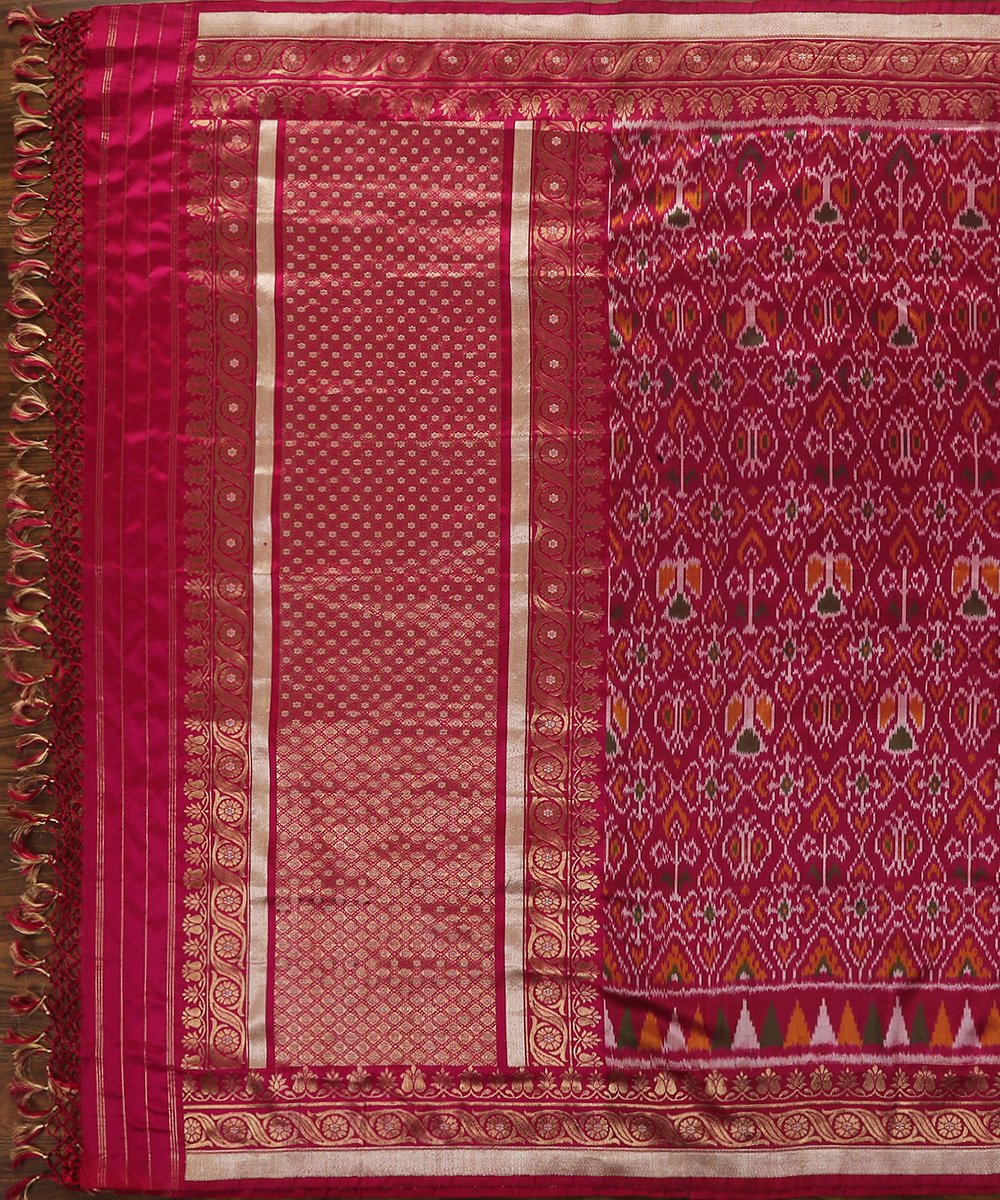 Pink Handloom Ashawali Pure Silk Patola D... Pink Handloom Ashawali Pure Silk Patola Dupatta With Temple Border
Pink Handloom Ashawali Pure Silk Patola D... Pink Handloom Ashawali Pure Silk Patola Dupatta With Temple Border- Regular price
-
₹ 34,990 - Regular price
-
₹ 0 - Sale price
-
₹ 34,990
-
Handloom Purple Pure Silk Ashawali Patola Dupatta with Shikargah Border and Pallu
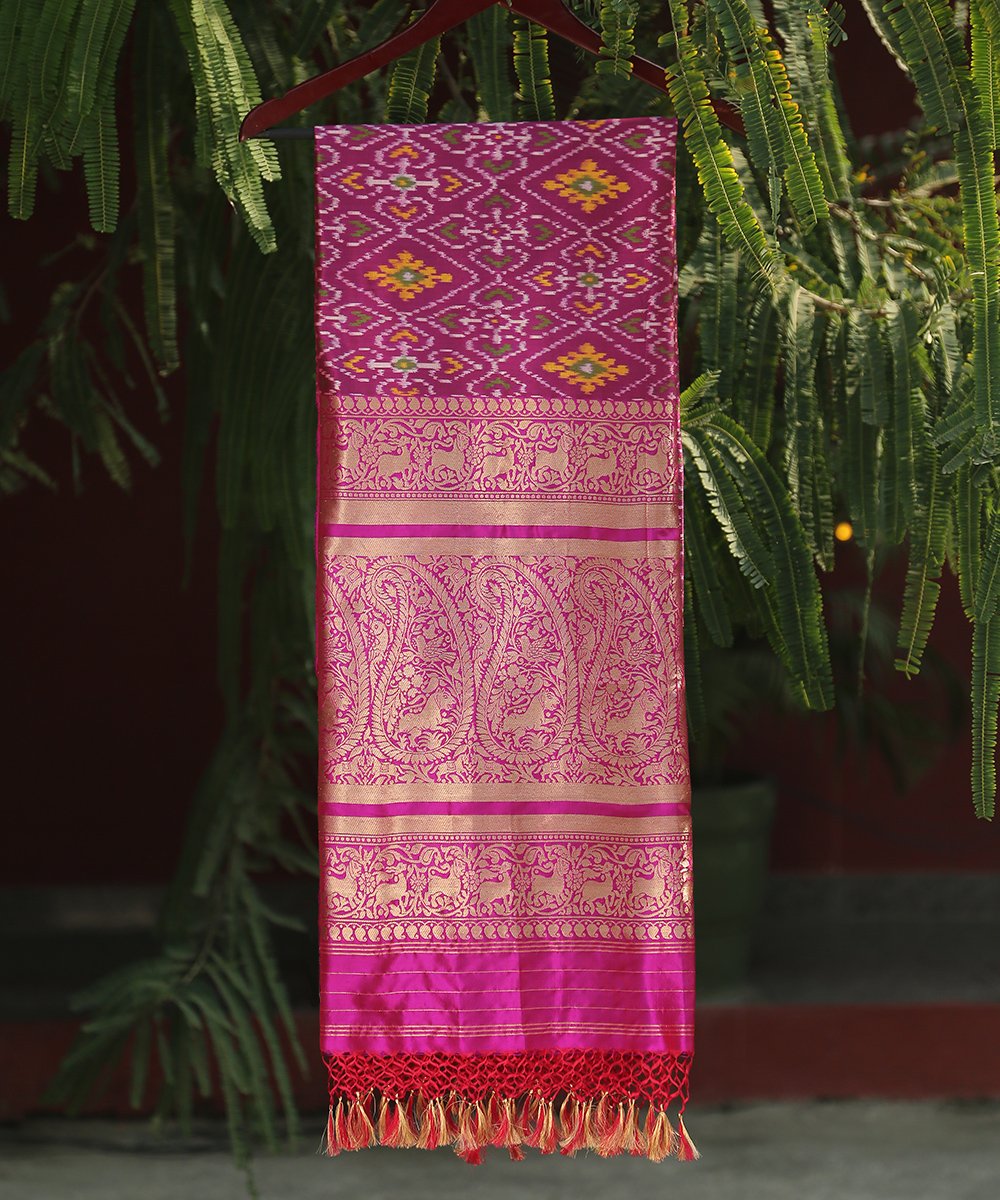
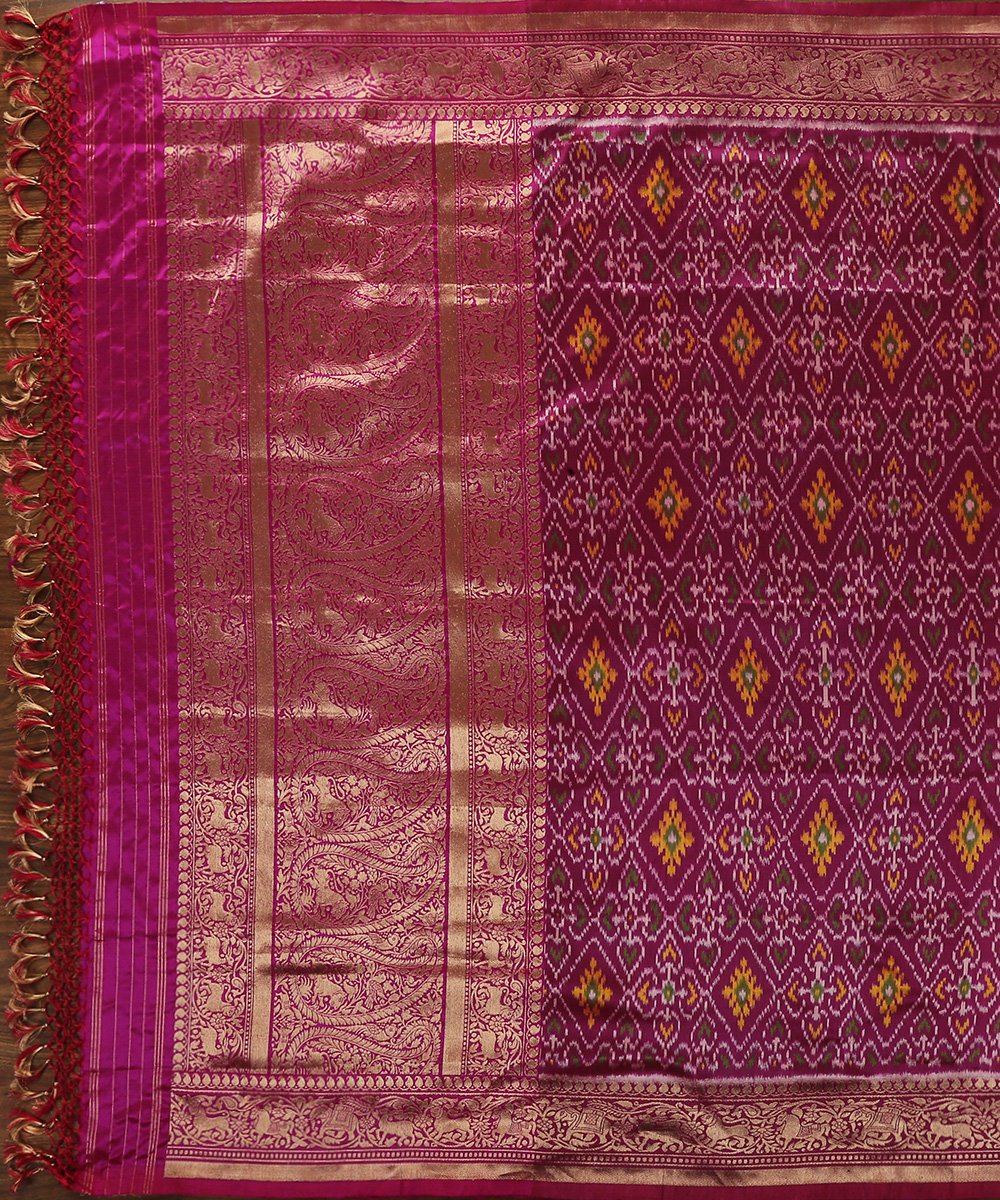 Handloom Purple Pure Silk Ashawali Patola... Handloom Purple Pure Silk Ashawali Patola Dupatta with Shikargah Border and Pallu
Handloom Purple Pure Silk Ashawali Patola... Handloom Purple Pure Silk Ashawali Patola Dupatta with Shikargah Border and Pallu- Regular price
-
₹ 34,990 - Regular price
-
₹ 0 - Sale price
-
₹ 34,990
-
Plum and Red Dual Tone Handloom Pure Silk Ashawali Patola Dupatta
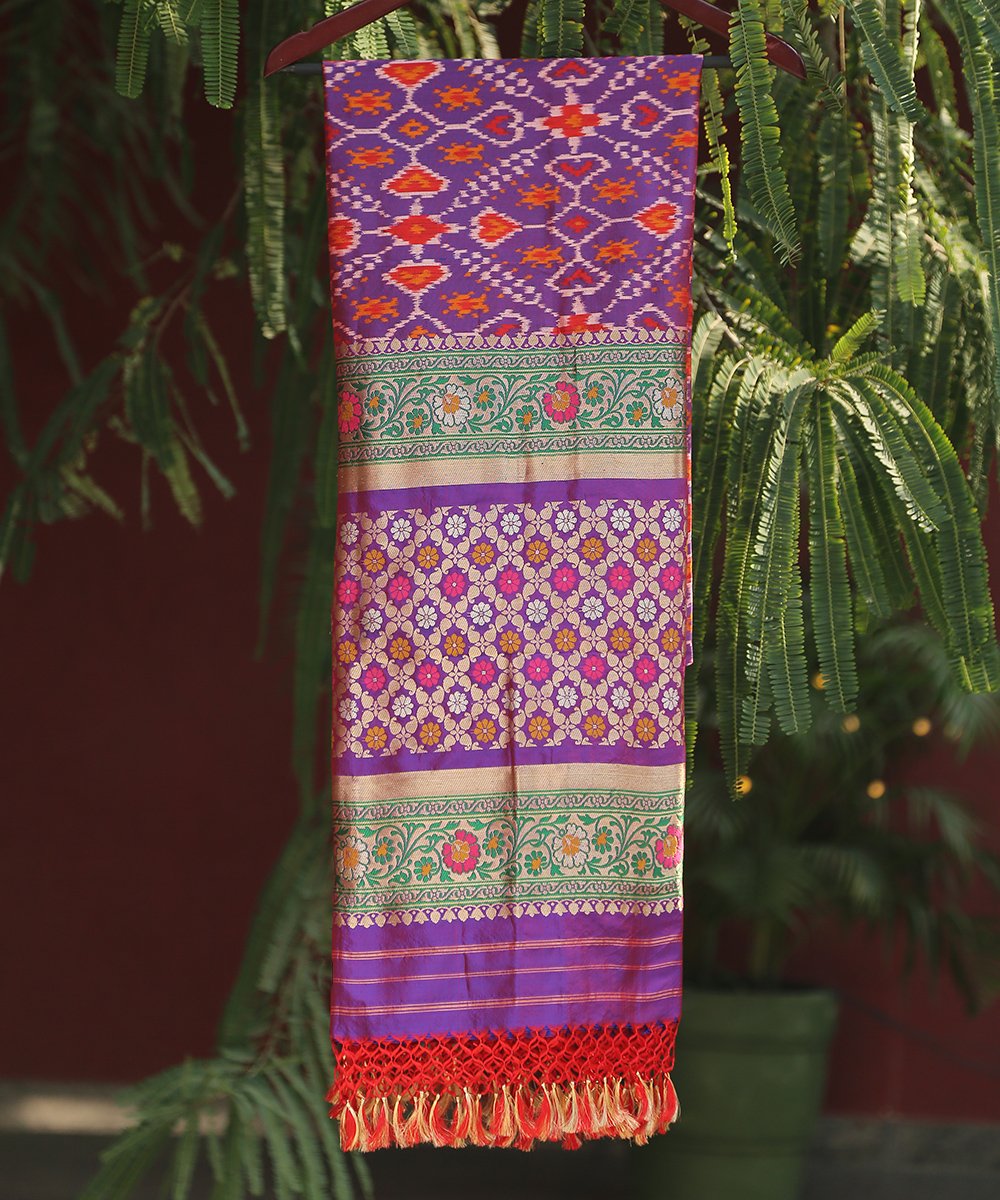
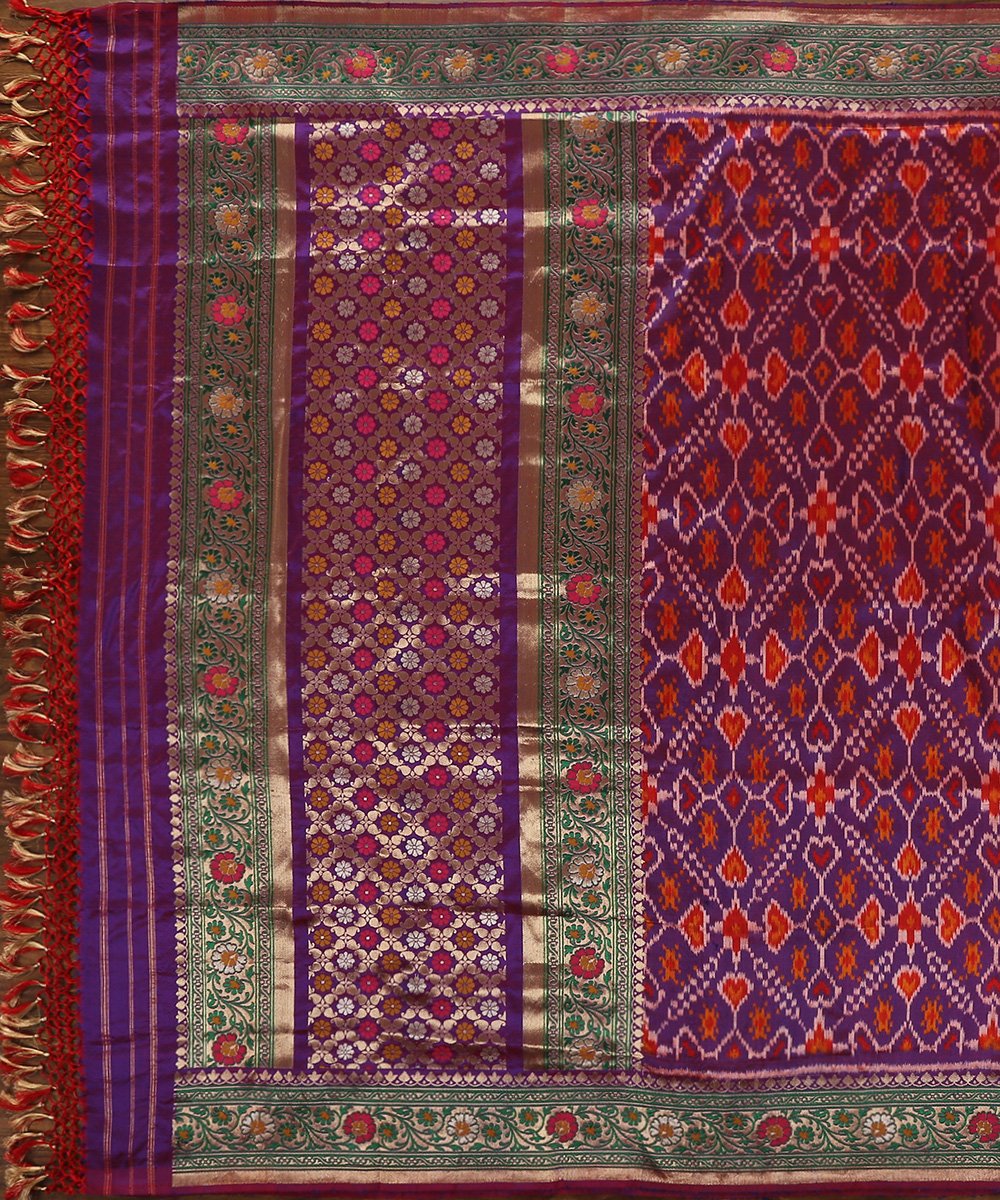 Plum and Red Dual Tone Handloom Pure Silk... Plum and Red Dual Tone Handloom Pure Silk Ashawali Patola Dupatta
Plum and Red Dual Tone Handloom Pure Silk... Plum and Red Dual Tone Handloom Pure Silk Ashawali Patola Dupatta- Regular price
-
₹ 34,990 - Regular price
-
₹ 0 - Sale price
-
₹ 34,990
-
Red Handloom Ashawali Pure Silk Patola Dupatta With Meenakari Border
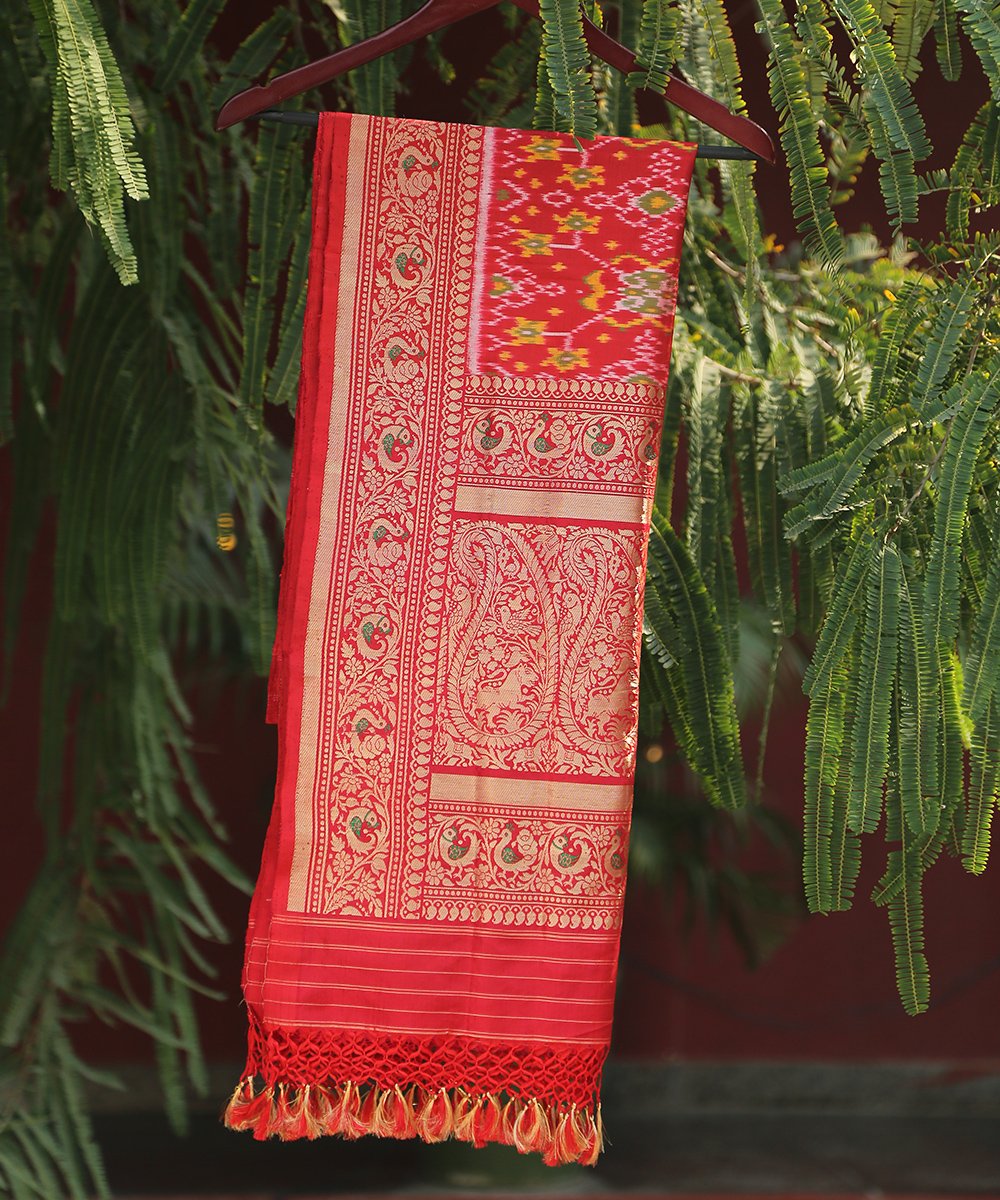
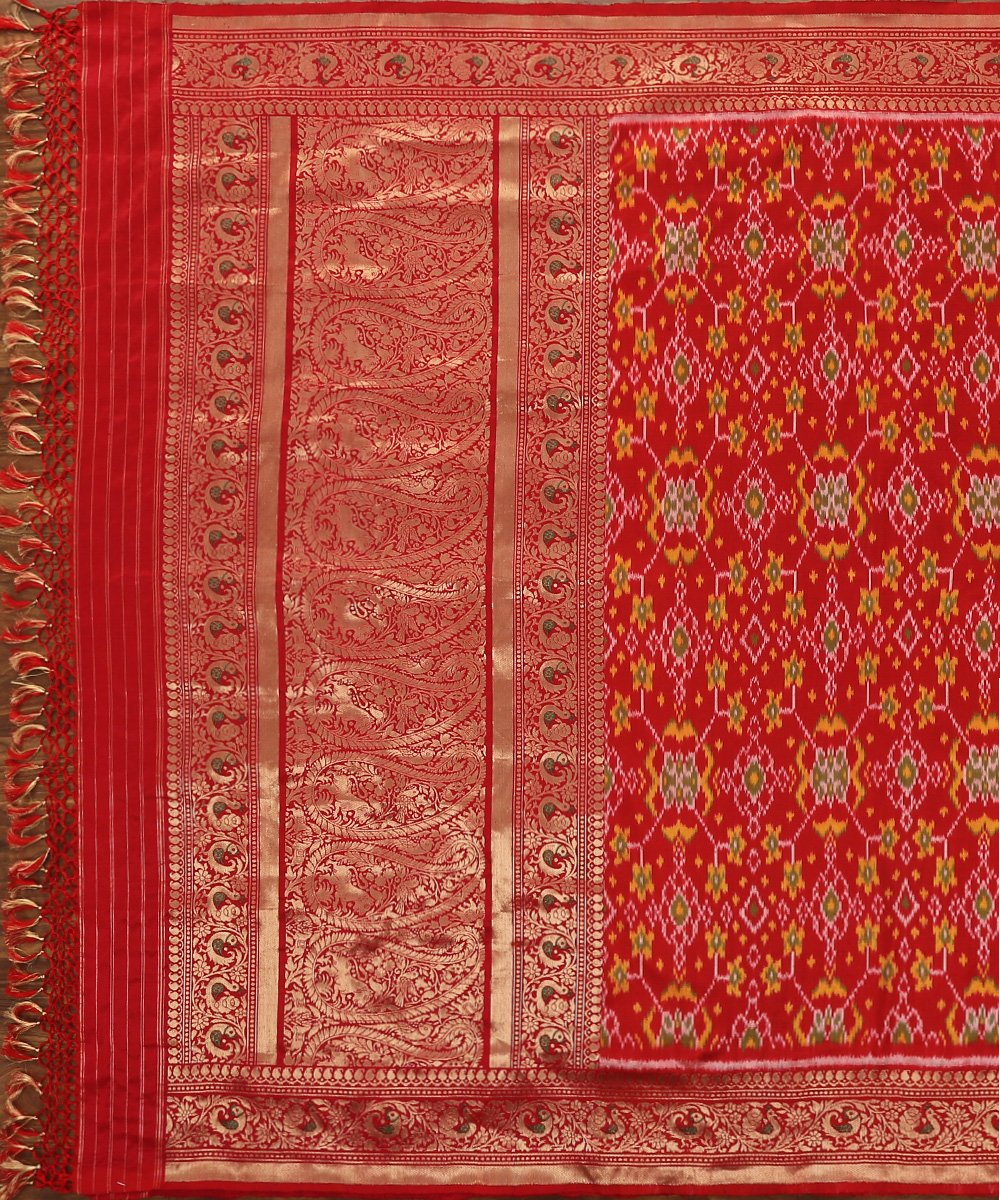 Red Handloom Ashawali Pure Silk Patola Du... Red Handloom Ashawali Pure Silk Patola Dupatta With Meenakari Border
Red Handloom Ashawali Pure Silk Patola Du... Red Handloom Ashawali Pure Silk Patola Dupatta With Meenakari Border- Regular price
-
₹ 34,990 - Regular price
-
₹ 0 - Sale price
-
₹ 34,990
-
Handloom Pink Ashawali Pure Katan Silk Patola Dupatta With Paithani Border
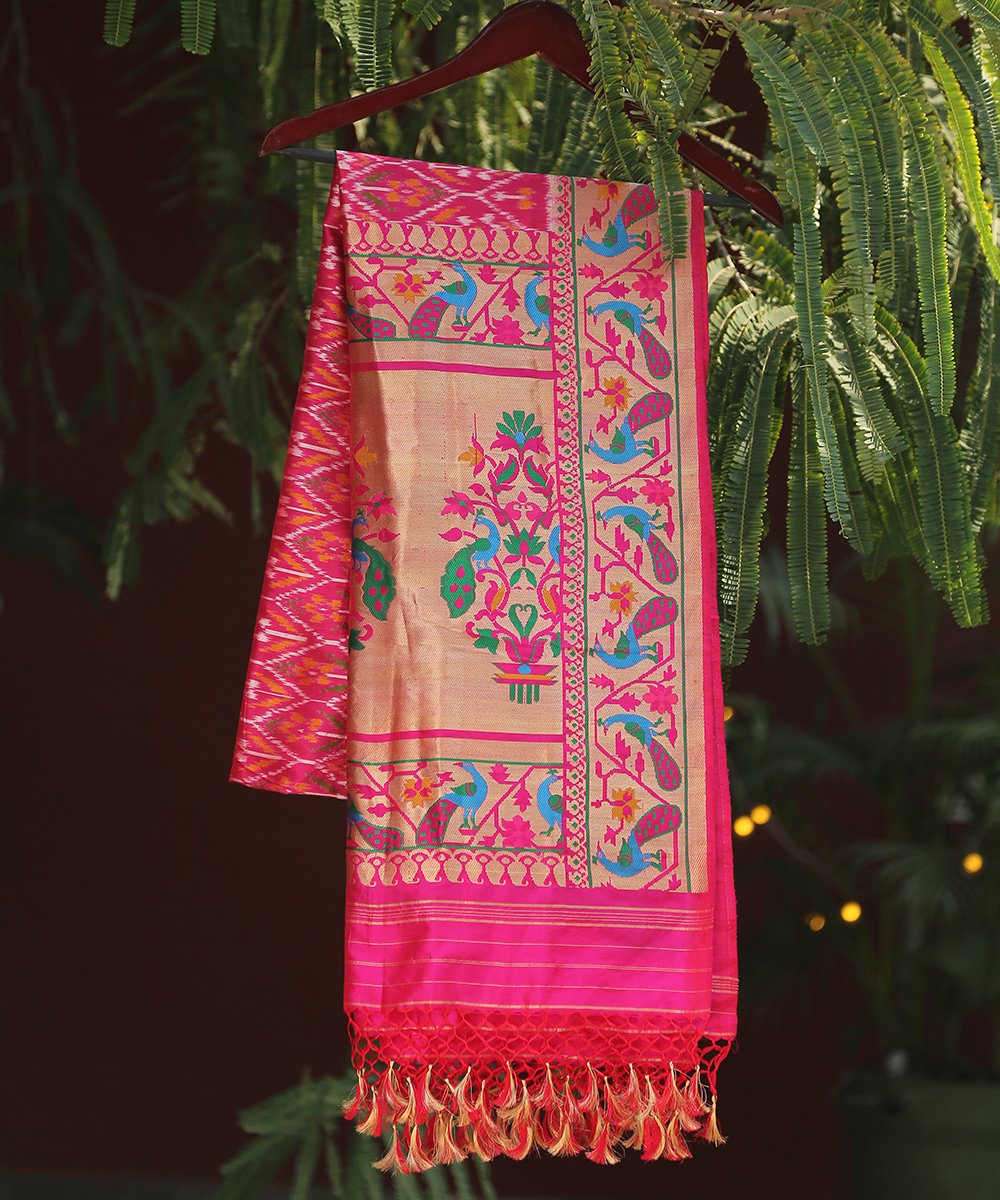
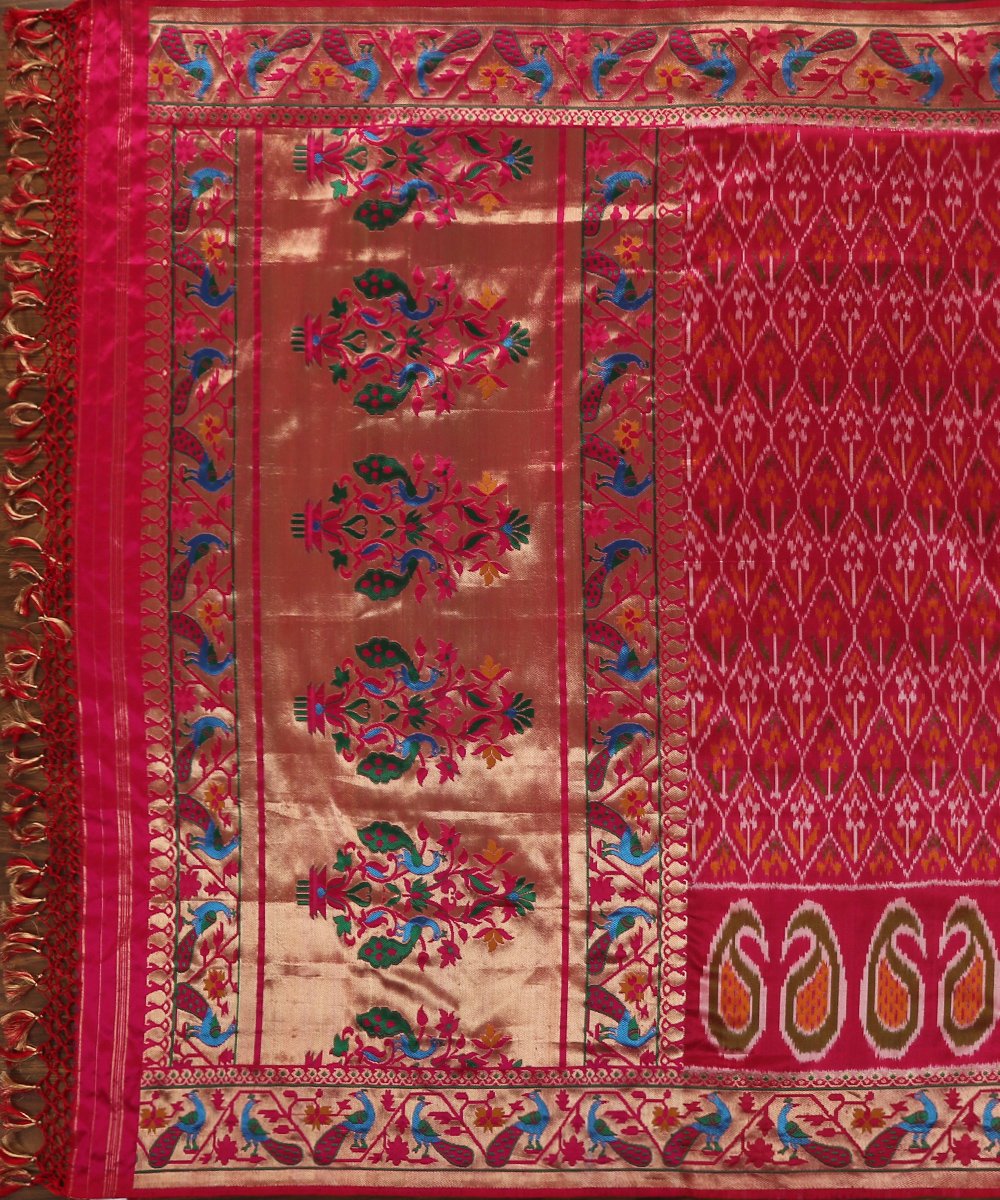 Handloom Pink Ashawali Pure Katan Silk Pa... Handloom Pink Ashawali Pure Katan Silk Patola Dupatta With Paithani Border
Handloom Pink Ashawali Pure Katan Silk Pa... Handloom Pink Ashawali Pure Katan Silk Patola Dupatta With Paithani Border- Regular price
-
₹ 34,990 - Regular price
-
₹ 0 - Sale price
-
₹ 34,990
-
Blue Handloom Pure Silk Ashawali Patola Dupatta with Meenakari Border and Pallu
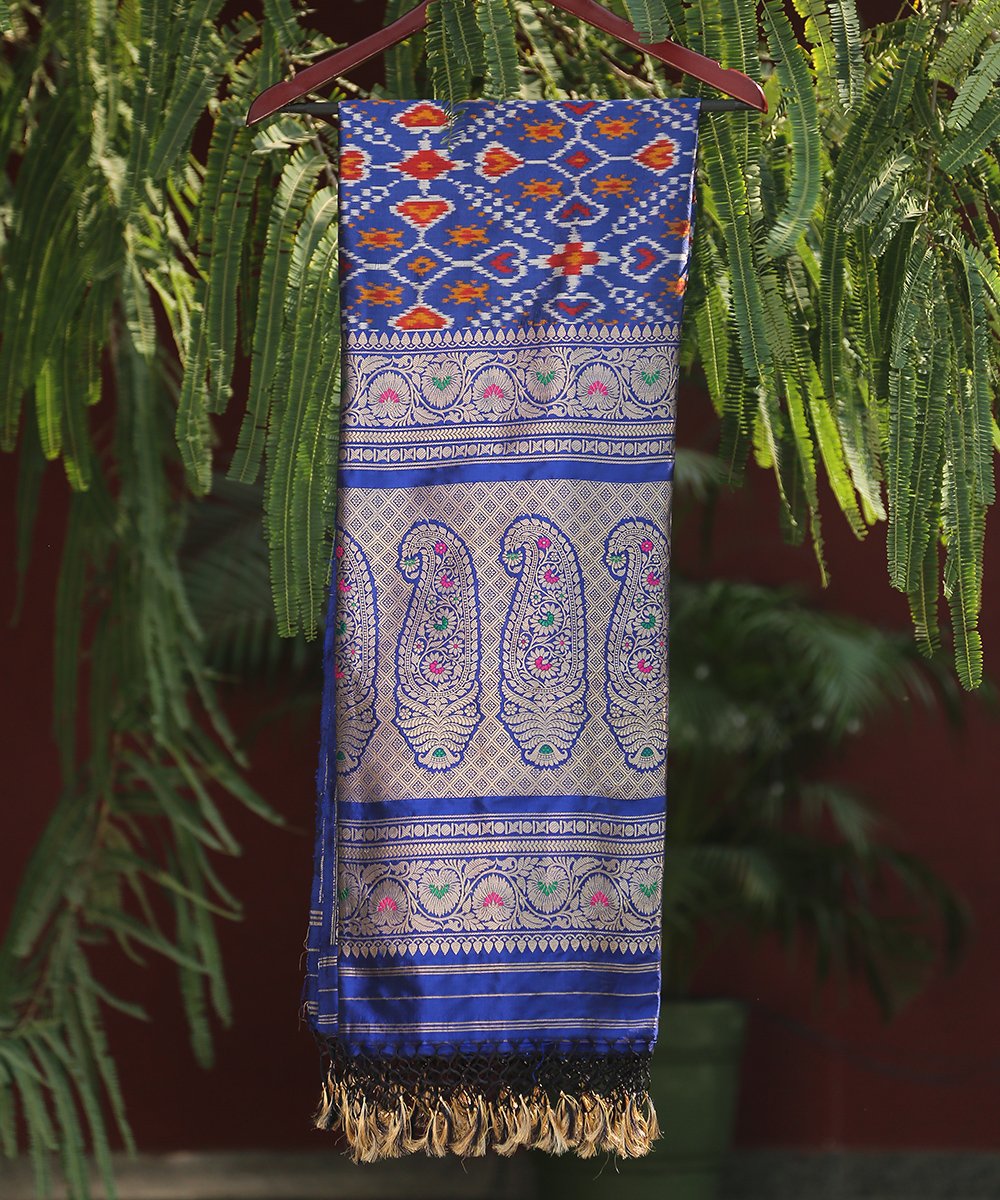
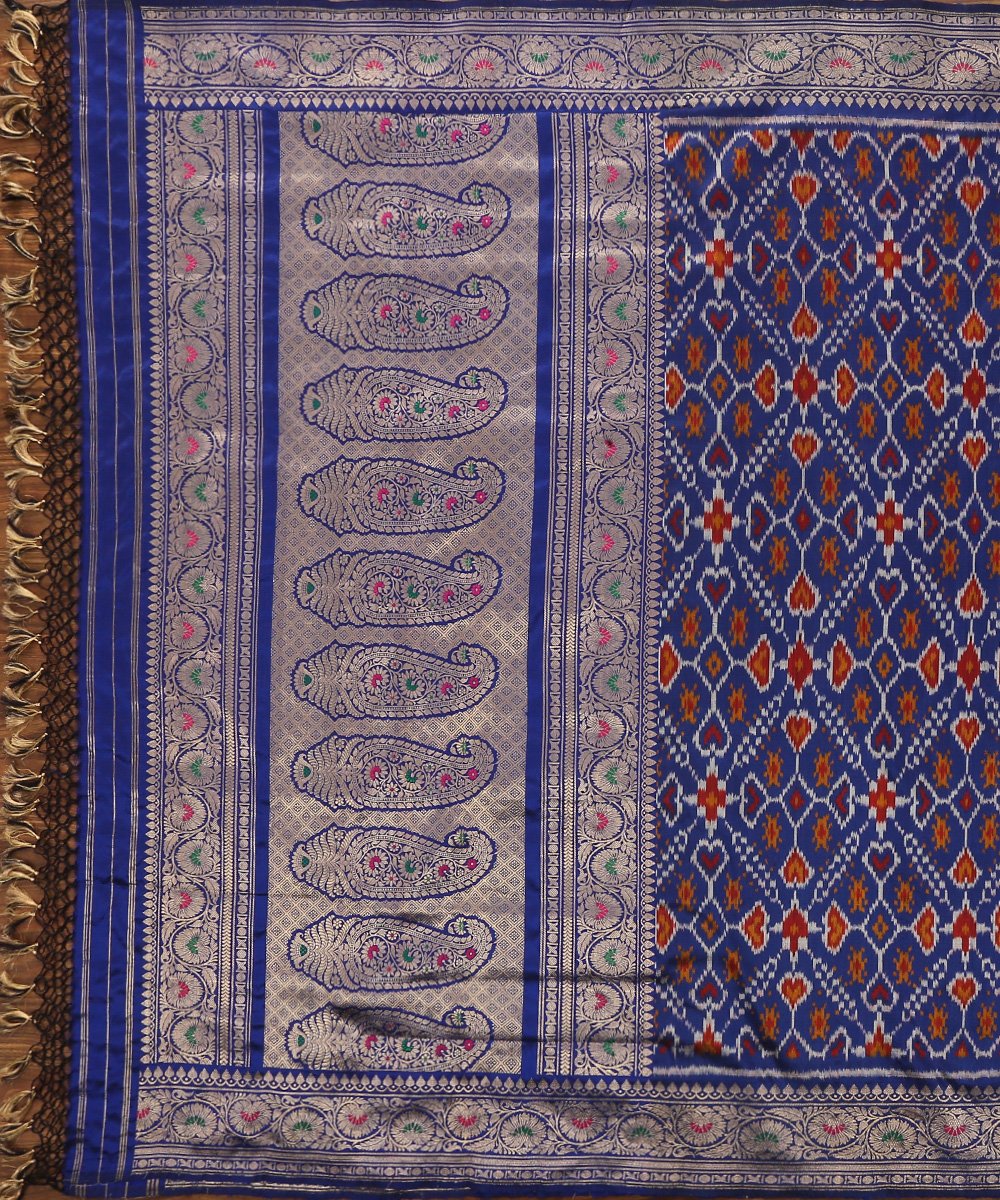 Blue Handloom Pure Silk Ashawali Patola D... Blue Handloom Pure Silk Ashawali Patola Dupatta with Meenakari Border and Pallu
Blue Handloom Pure Silk Ashawali Patola D... Blue Handloom Pure Silk Ashawali Patola Dupatta with Meenakari Border and Pallu- Regular price
-
₹ 34,990 - Regular price
-
₹ 0 - Sale price
-
₹ 34,990
-
Aqua Blue Handloom Pure Silk Ashawali Patola Dupatta with Floral Border
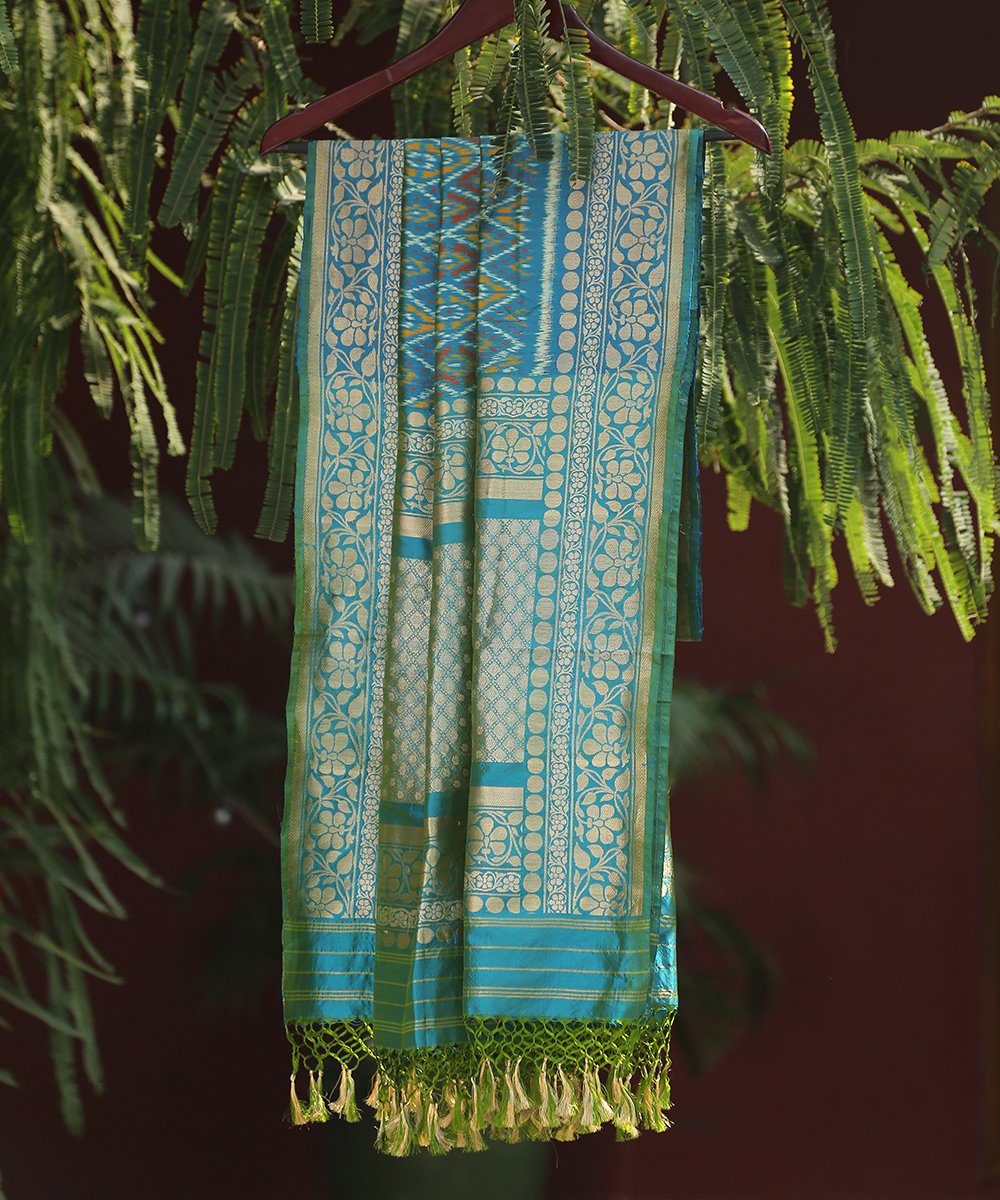
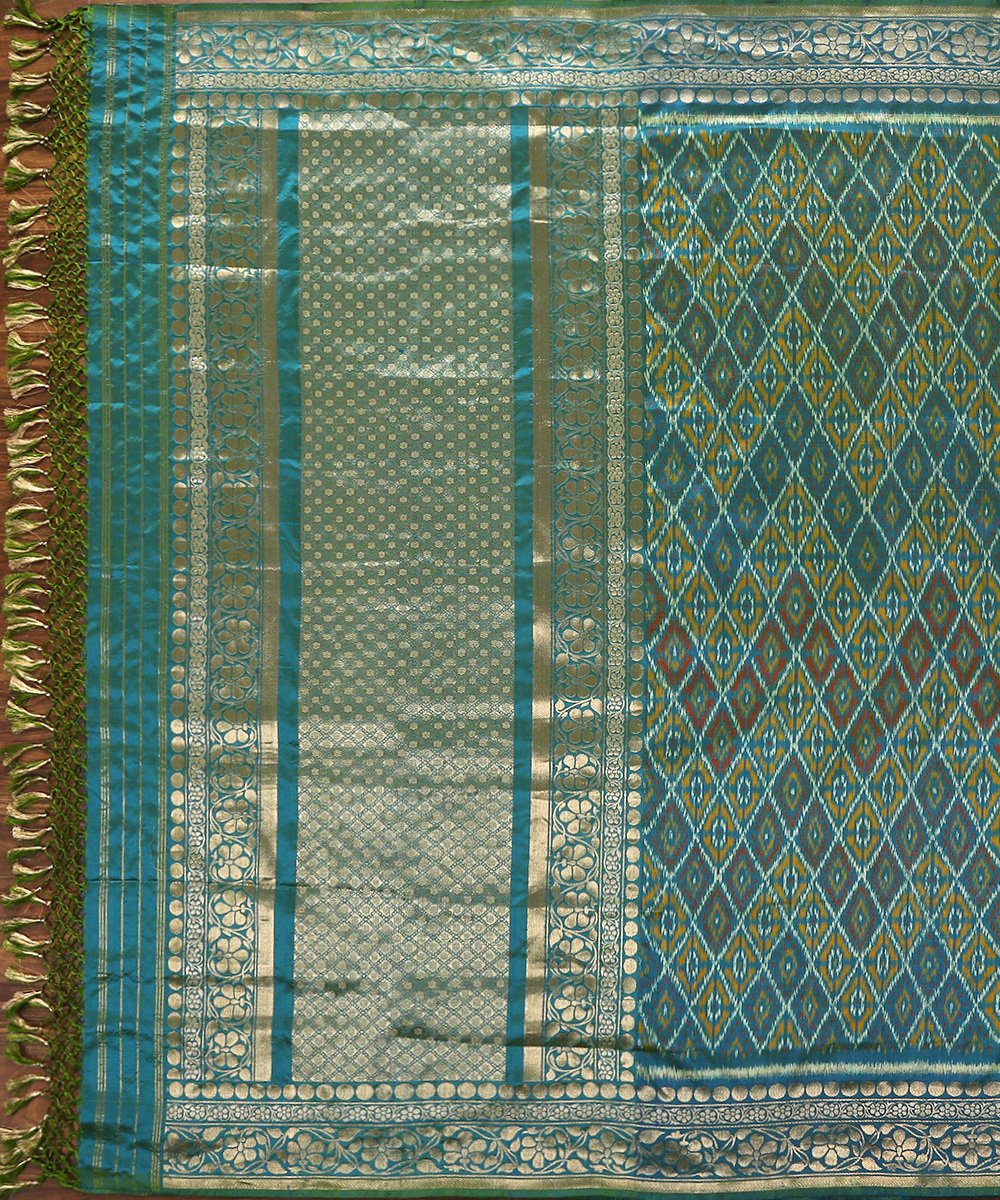 Aqua Blue Handloom Pure Silk Ashawali Pat... Aqua Blue Handloom Pure Silk Ashawali Patola Dupatta with Floral Border
Aqua Blue Handloom Pure Silk Ashawali Pat... Aqua Blue Handloom Pure Silk Ashawali Patola Dupatta with Floral Border- Regular price
-
₹ 36,890 - Regular price
-
₹ 0 - Sale price
-
₹ 36,890
Ashavali sarees and dupattas are a style of weaving from Ahmedabad to which references are found as early as the 16th century. Believed by some to have influenced the brocade weaving of Banaras through the migration of Gujarati weavers, Ashavali textiles were made by Khatris and the Patels. They were primarily worn by the royalty and nobles. Ashawals were mostly worn as sarees, jamas and patkas and also used for canopies, and decorations for camels and elephants. Some even refer to the Ashawali weaving as pre Banaras.
Ashavali textiles are distinguished by the enameled or meenakari work on the borders and pallu. Besides brocades they were also woven with patola or tie-dye sarees and dupattas. The borders and pallus were woven using the interlocking technique. The pallu also displays designs like the badshah pallu (common to Baluchari sarees) and the chand-tara motifs or motifs like the parrot and peacock, some of which are found in other textile crafts from Gujarat like mocha embroidery, beadwork and jaliwork or the Paithanis from Maharashtra. The amalgamation of skills and craft cultures make them a desirable and prized possession
















